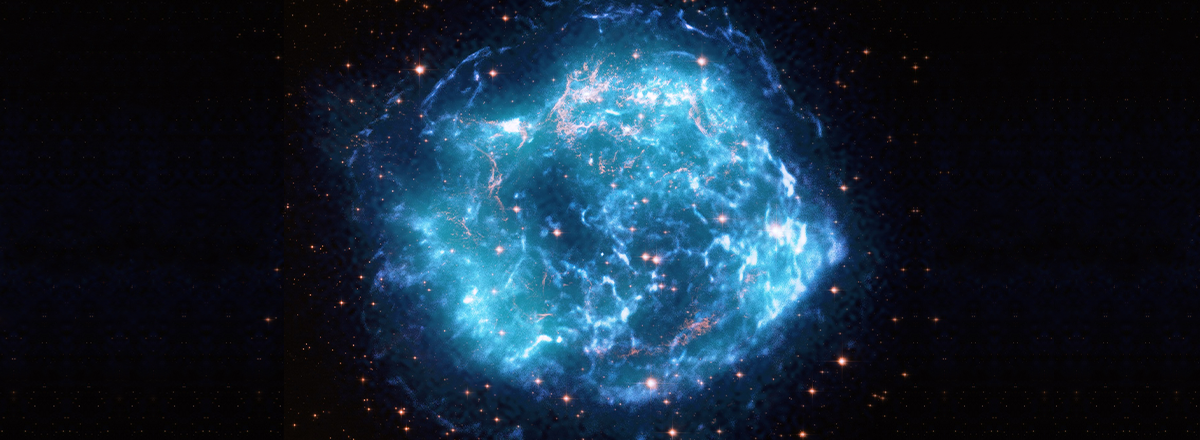Supernova's Impact on Earth's Ozone Layer Revealed in a New Study
Simulations have revealed that a gamma-ray burst within our Milky Way could obliterate the stratospheric ozone layer for several years, causing extensive species extinction and posing significant threats to humanity.

A remarkable cosmic event that occurred in October 2022 has shed light on the vulnerability of Earth's protective ozone layer. Telescopes detected a gamma-ray burst originating from a supernova 1.9 billion light-years away from our planet, marking it as the brightest such event in history. Although the burst had temporary consequences, it illuminated the fragility of our planet's protective measures.
The gamma-ray burst temporarily depleted and damaged Earth's ozone. Had this cosmic explosion occurred closer to our planet, it could have led to catastrophic repercussions.
This discovery underscores the importance of safeguarding Earth's ozone layer, which has faced previous challenges, such as ozone holes resulting from human activities like fossil fuel burning.
Simulations have revealed that a gamma-ray burst within our Milky Way could obliterate the stratospheric ozone layer for several years, causing extensive species extinction and posing significant threats to humanity.
While cosmic events like this supernova infrequently cause damage to the ozone and atmospheric disruption, the distant nature of this particular event ensured that the harm was short-lived. Nonetheless, it serves as a reminder of our planet's delicate balance.

